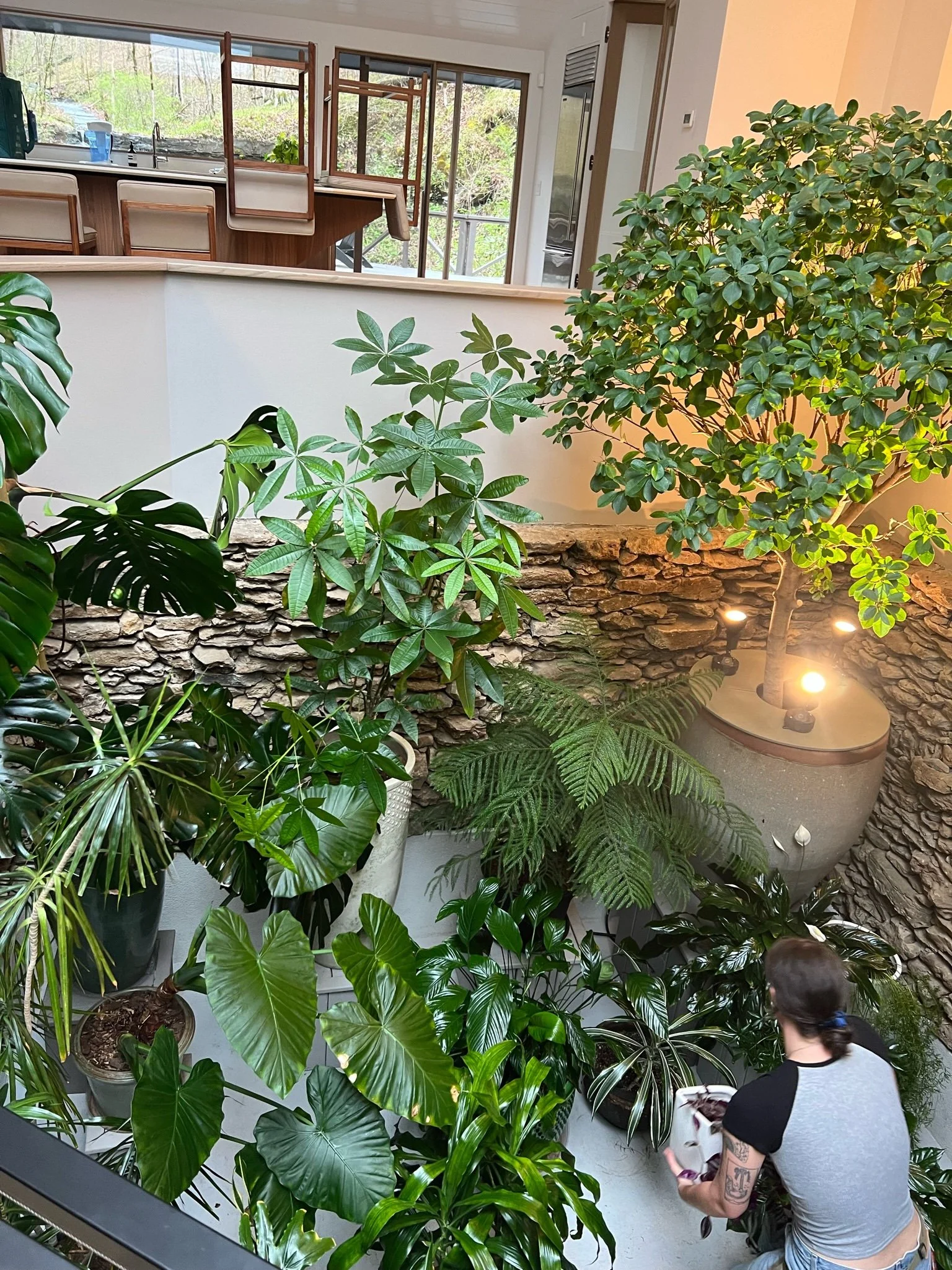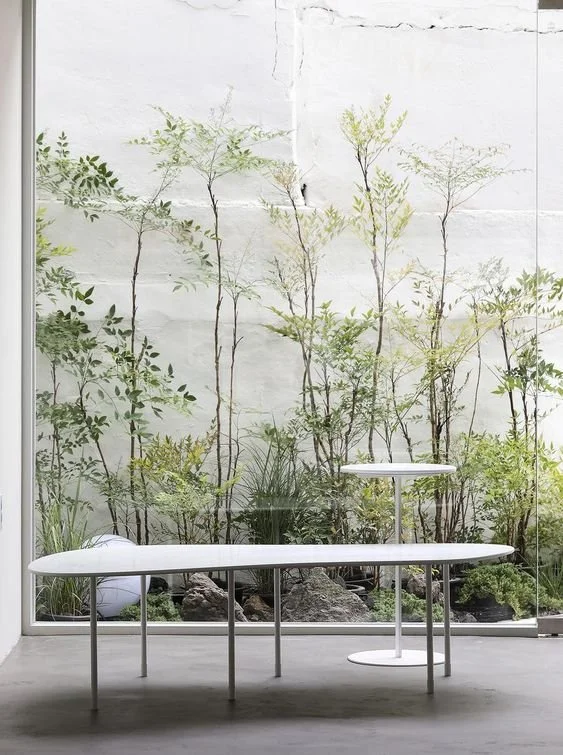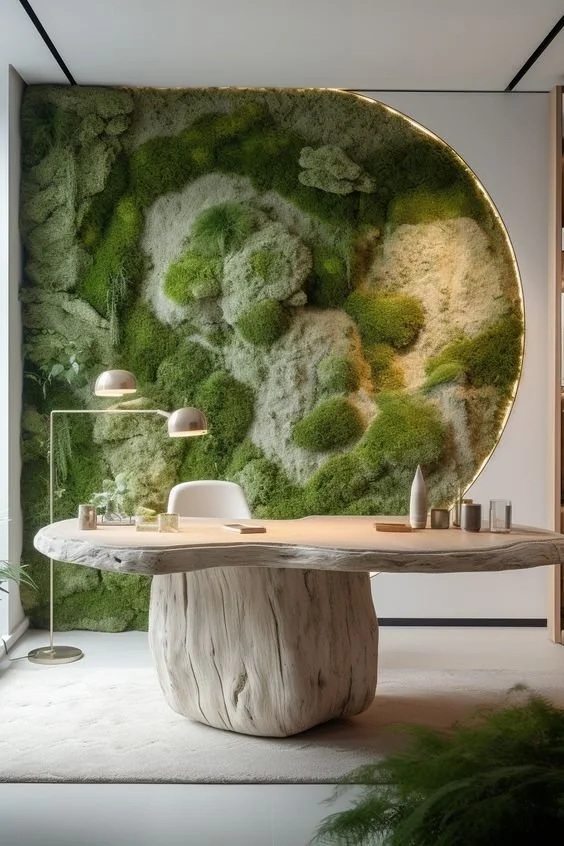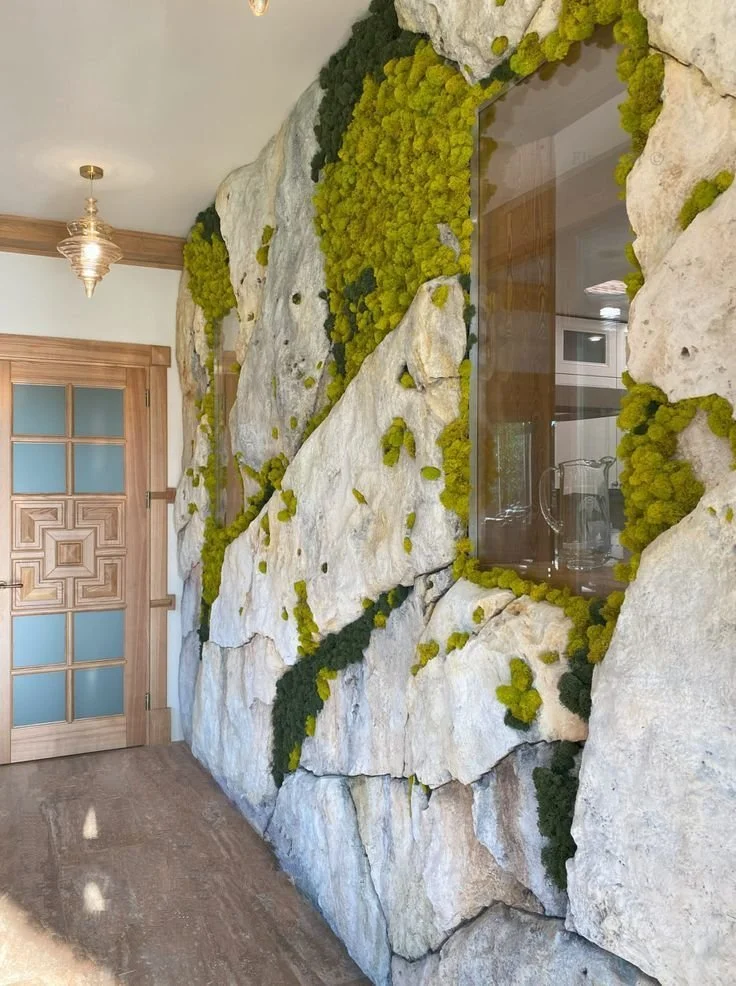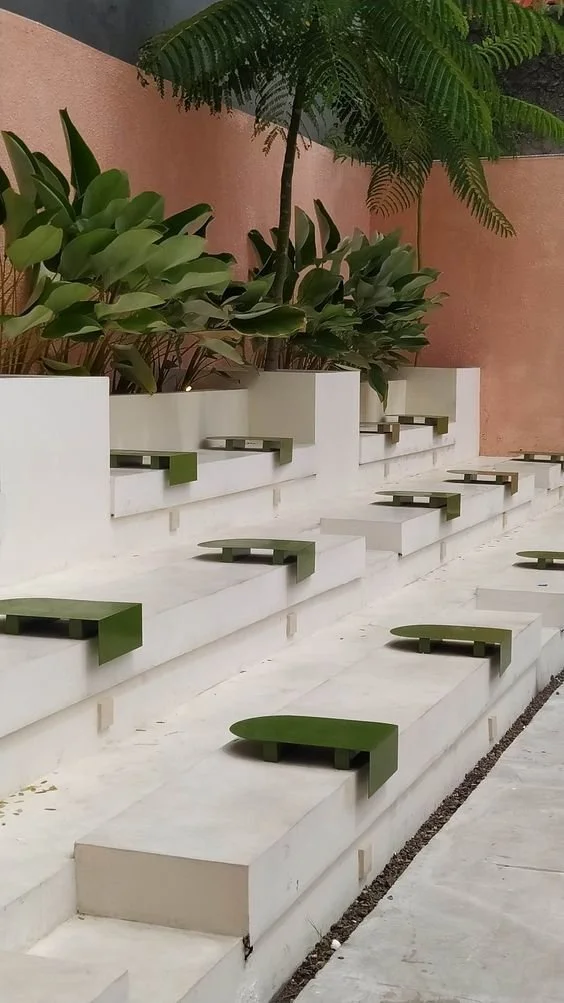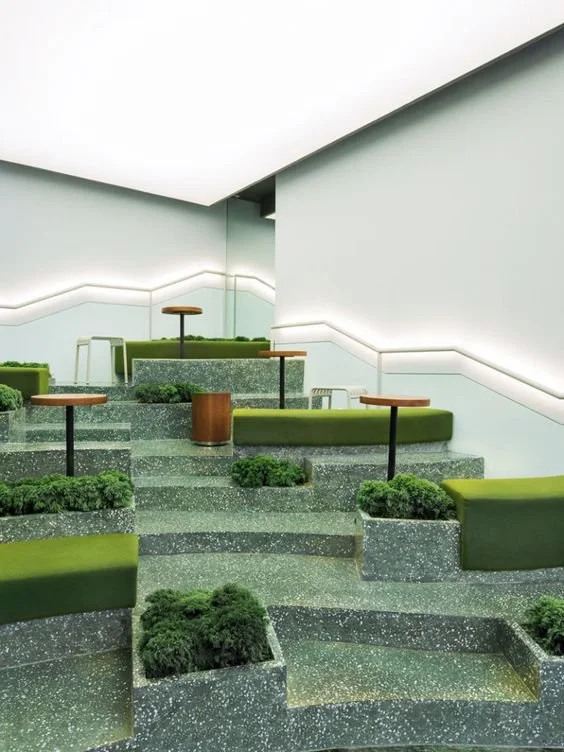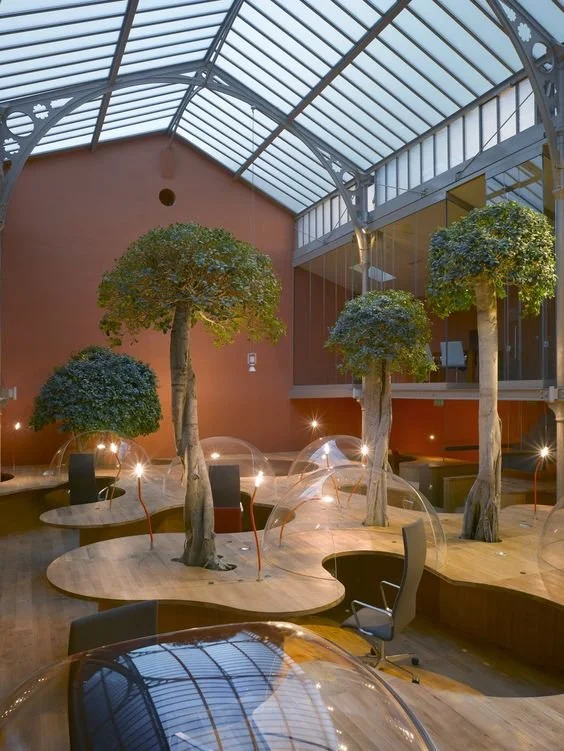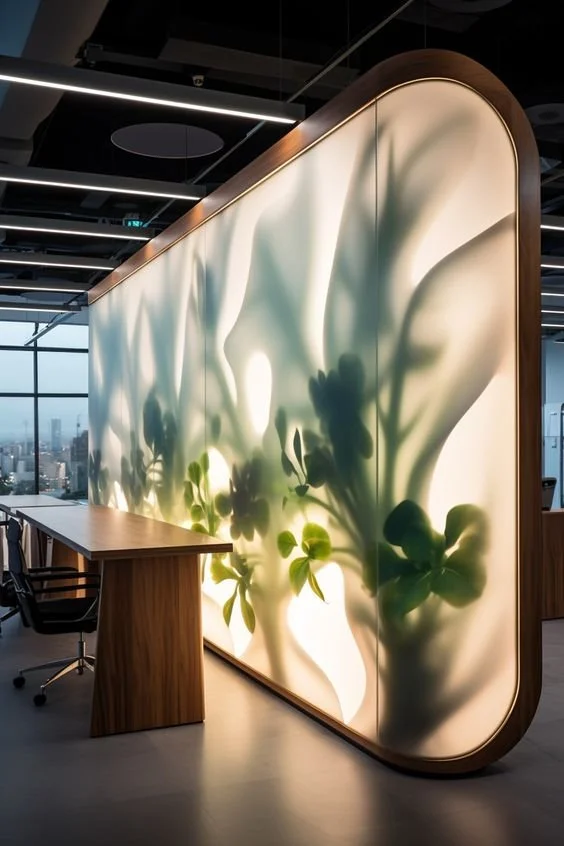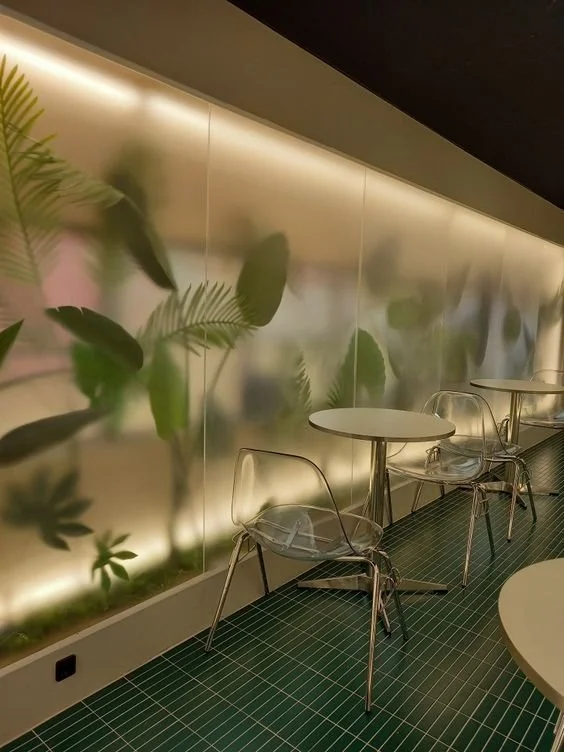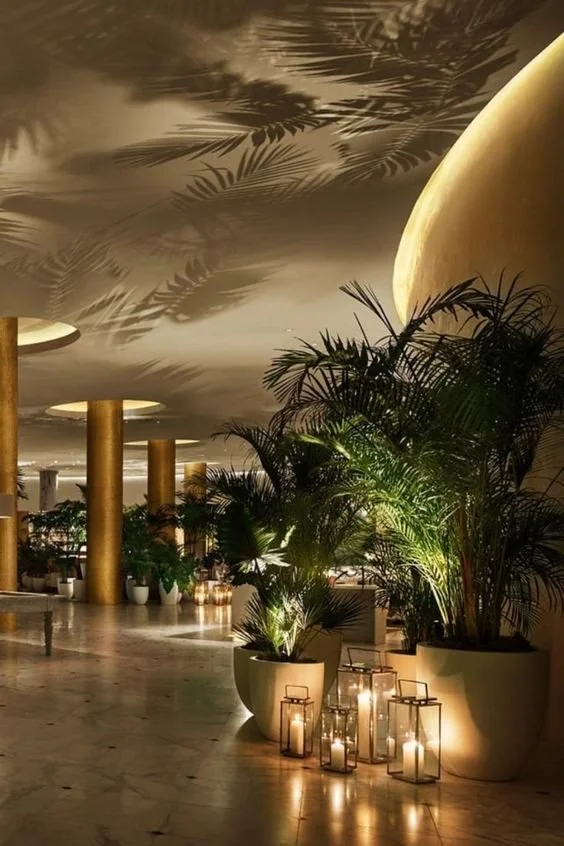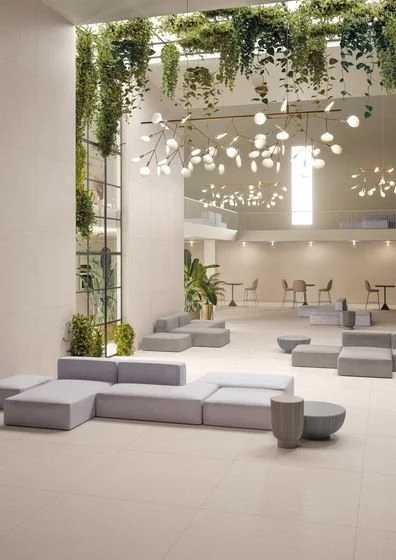How to Achieve Successful Biophilic Design
The theory of biophilia suggests that humans are born with an emotional connection to the natural world– it’s embedded in our biology. Though more and more of us spend our lives in urban environments– feeling uninspired in office buildings– the predisposition to nature is still present. When those needs aren’t met, people can feel disengaged, dissatisfied, and uninspired. That’s where biophilic design comes in. The practice embraces human connection to nature by melding natural landscapes, greenery, and organic forms and textures with built interiors. The aim is to create fulfilling built environments that support the overall wellbeing of the humans who inhabit them.
Studies have shown that exposure to nature not only has mood boosting effects, but reduces stress and improves overall wellbeing. In commercial and business environments, biophilic design has been shown to increase productivity, creativity, attention, and presentism. Biophilic design is an investment that pays off by improving overall employee performance and happiness, which can lead to better retention and function in the workplace! What’s more, biophilic design benefits clients and customers as well. If you create an environment that immediately puts those who enter it at ease and boosts their mood, you’ve created an environment they’ll want to come back to time and time again.
But how can biophilic design be incorporated into workplaces and businesses? For a design to be truly biophilic, it must flow throughout the entire space with coherence and intentionality. Simply adding a plant here and there won’t help to achieve the positive effects of biophilic design– the design cannot be ephemeral or transient. Successful biophilic design plays on the built environment itself, weaving throughout the environment and playing on architecture, natural light, interior design, and what’s occurring outside of the building.
Ideally, biophilic design is considered from the beginning of a building project, in collaboration with architects and interior designers. For example, insetting preserved moss in walls creates a modern yet grounded look.
Planters built into the architecture or interior furniture creates a beautifully cohesive interiorscape. Seamlessly melding the outside landscape within fosters a powerful biophilic connection.
But gorgeous biophilic design can happen in established and designed spaces as well. Playing on existing structures and lighting, plants can be incorporated in innovative ways that maximize their impact. These plants are backlit against filmed glass to create a size illusion and enhance natural fractals.
Free standing planters, living walls, and hanging plants can help to accomplish impactful biophilic design as well– offering a more cost effective approach and flexibility while not sacrificing visual intrigue and effectiveness.
If you’d like to learn more about the biophilic approach, please reach out to us! Plant Savvy offers full service interiorscaping design, installation, and plant maintenance services.
Happy Planting!
Kelly

